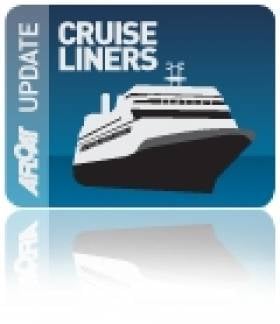Displaying items by tag: Garinish Island
German Cruise-Goers On Anchorage Call to Glengariff
At 192m in length, the 600-passenger capacity cruiseship is operated by Pheonix Reisen. The German based travel agency also runs fleetmates Albratross and Artania. The later Finish built vessel was best known as Princess Cruises Royal Princess, when launched by the late Diana, Princess of Wales in 1984.
Apart from the handful of cruiseships that call, Bantry Bay is otherwise used by oil tankers bringing supplies to the Whiddy Island Oil Terminal. The terminal consists of an offshore single point mooring, tanker Jetty, and an onshore tank farm. The bay runs some 35kms long and is 10km wide at its broadest at the entrance and steadily narrows to 3-4kms at its head. In addition the bay is largest of the main inlets in the south-west.
Glengariff in recent years has also welcomed another German operator, Peter Deilmann's Deutschland (1988/22,496grt) and the UK based Cruise & Maritime Voyages Marco Polo (1966/20,080grt). To read more on this vessel which regularly calls to Irish ports click HERE.






























































